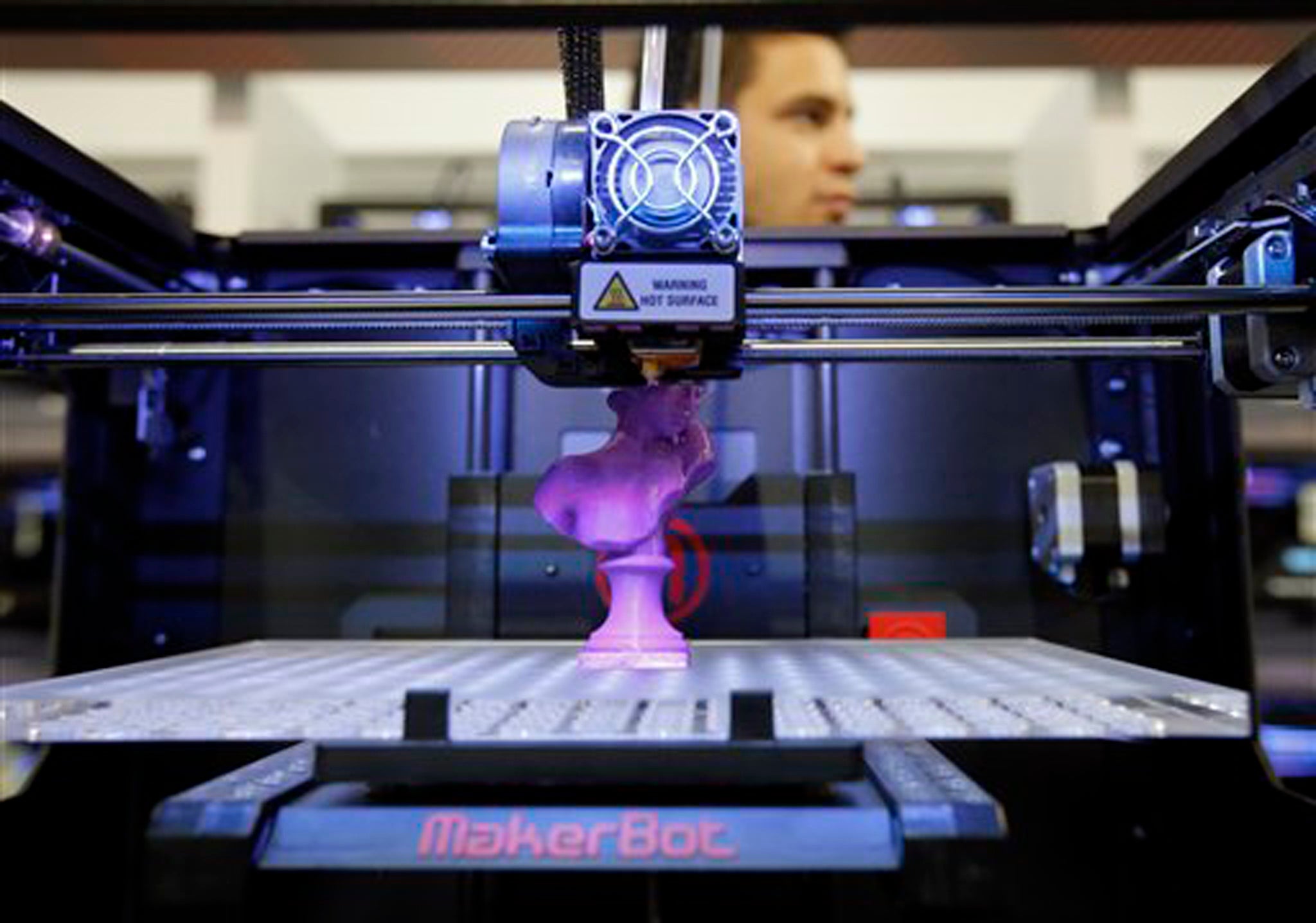The research is mainly concentrated to develop polymer nanocomposites applicable in various fields such as high performance Sensors, Actuators, Piezoelectrics, Dielectrics, Thermal Conductivity, FET, MEMS and lithographic patterning of materials. Both micro as well as nano fillers are used for polymer reinforcement and especially the effect of conductive fillers such as Graphene, CNT, Cellulose nanocrystal, Polyaniline, Conductive fillers etc. on polymer properties was investigated. I have extensive experience on graphene composite synthesis in the laboratory and fictionalized by chemical and thermal methods. In short, I am interested to fabricate stronger, lighter and high performance multi functional materials which can have tremendous possibilities in technological field. My future interests are
- Developments of high performance Biodegradable energy harvesting material, sensors, actuator, energy storage and other electronics applications.
- Synthesis and chemical modification of eco-friendly polymers, nanomaterials and nanocomposites.

